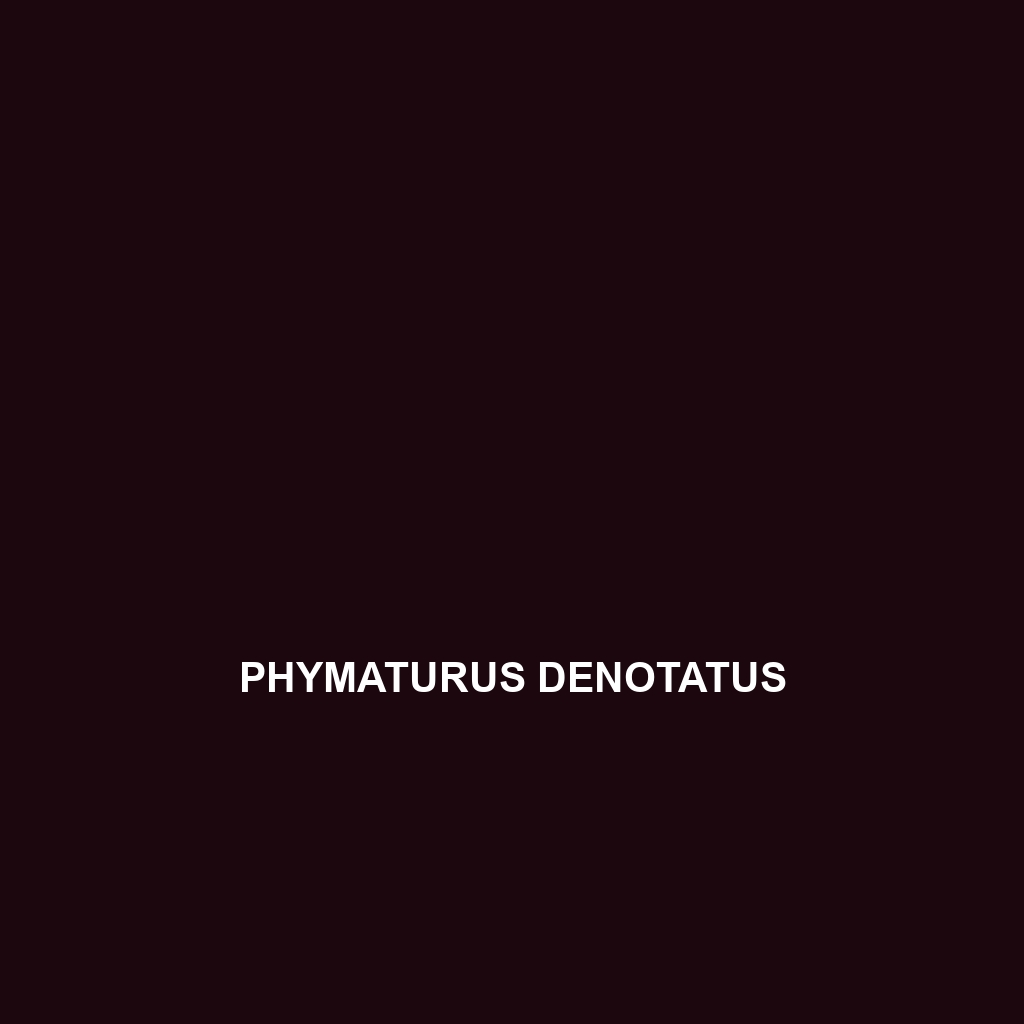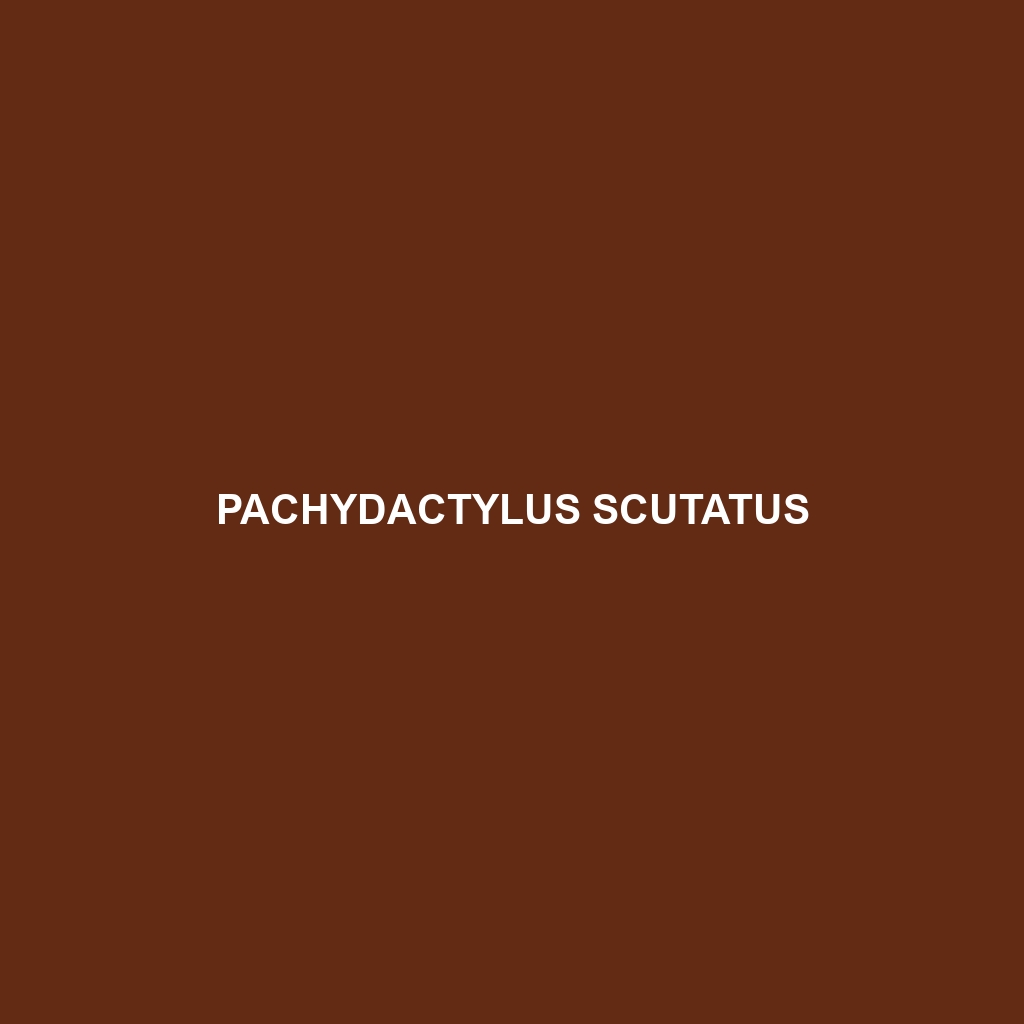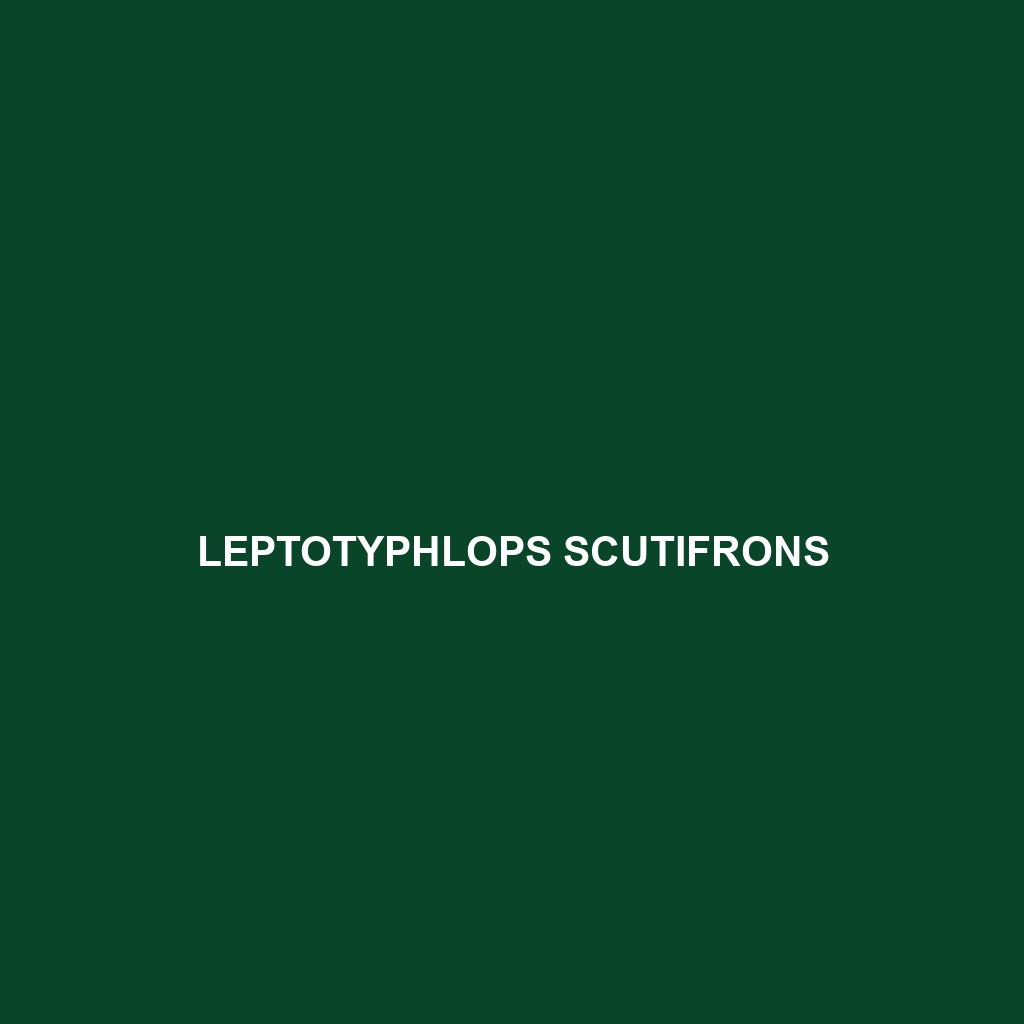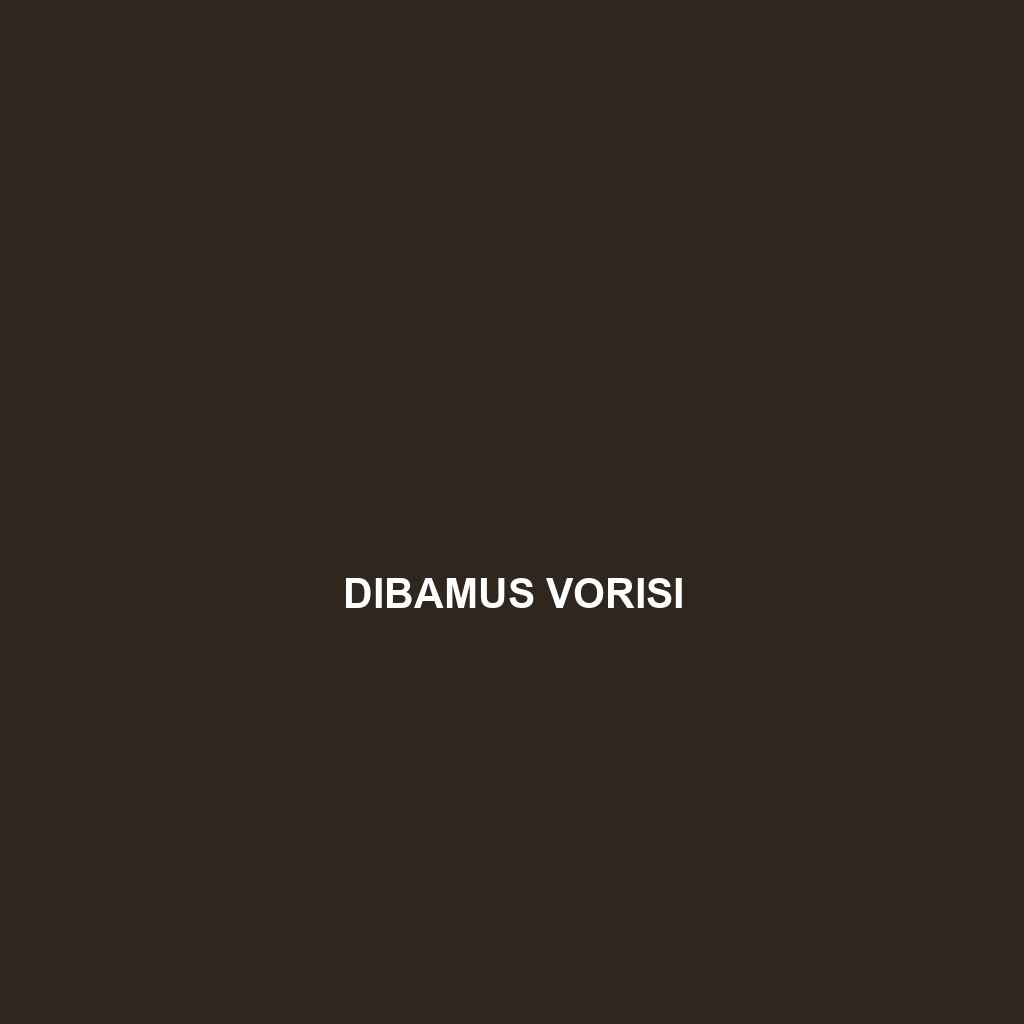Discover the fascinating Phymaturus denotatus, a vulnerable lizard native to the rugged terrains of Patagonia, Argentina. This diurnal insectivore, known for its distinctive camouflage and impressive climbing abilities, plays a vital role in its ecosystem by controlling insect populations and supporting biodiversity.
Tag: soil aeration by reptiles
Pachydactylus scutatus
<p>The <b>Pachydactylus scutatus</b>, or shield-toed gecko, thrives in the arid landscapes of southern Africa, displaying a unique camouflage with earthy brown and yellow patterns. This nocturnal insectivore measures 8 to 12 cm, featuring broad toes for climbing, excellent night vision, and a remarkable ability to regenerate its tail, playing a vital role in controlling insect populations within its ecosystem.</p>
Lerista vittata
The <b>Lerista vittata</b>, also known as the smooth skink, is an adaptable Australian lizard characterized by its elongated body, reduced limbs for burrowing, and a diet primarily consisting of insects. It thrives in diverse habitats, from temperate forests to savannas, playing a crucial role in controlling insect populations within its ecosystem.
Lerista christinae
Discover the <b>Lerista christinae</b>, or Christina's Lerista, a small, robust skink native to Australia known for its adaptability to various habitats like sandy soils and temperate forests. This insectivorous lizard is characterized by its streamlined body, distinctive coloration, and unique burrowing behaviors that play a crucial role in its ecosystem by regulating insect populations and aerating the soil.
Leptotyphlops scutifrons
Discover the fascinating Leptotyphlops scutifrons, commonly known as the shielded blindsnake, which thrives in diverse habitats with loose, moist soil. This distinct fossorial snake, measuring 20 to 50 cm, features vestigial eyes and plays a critical role in controlling insect populations while contributing to soil aeration and nutrient recycling.
Eremias persica
The Eremias persica, or Persian sand lizard, is a resilient species thriving in arid regions of Iran and Central Asia. Adapted to harsh environments, this insectivorous lizard features a slender body with a distinctive tapered snout, ranging from 10 to 25 centimeters in length, and plays a crucial role in maintaining ecological balance by controlling insect populations.
Dibamus vorisi
Dibamus vorisi, a legless lizard found in the tropical forests of Southeast Asia, known for its elongated body and smooth, camouflaged scales. This fossorial species plays a crucial role in its ecosystem by regulating insect populations and aerating the soil through its burrowing behavior.
Ctenotus ingrami
Discover Ctenotus ingrami, commonly known as Ingram's ctenotus, a medium-sized lizard native to arid regions of Australia, featuring a distinctive light brown to ochre coloration. This diurnal insectivore thrives in sandy or rocky habitats, playing a vital role in controlling insect populations while showcasing unique social behaviors during mating seasons.







